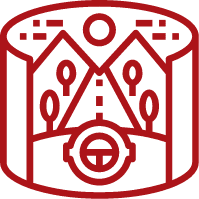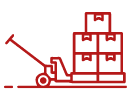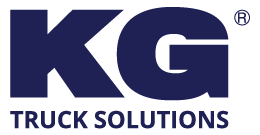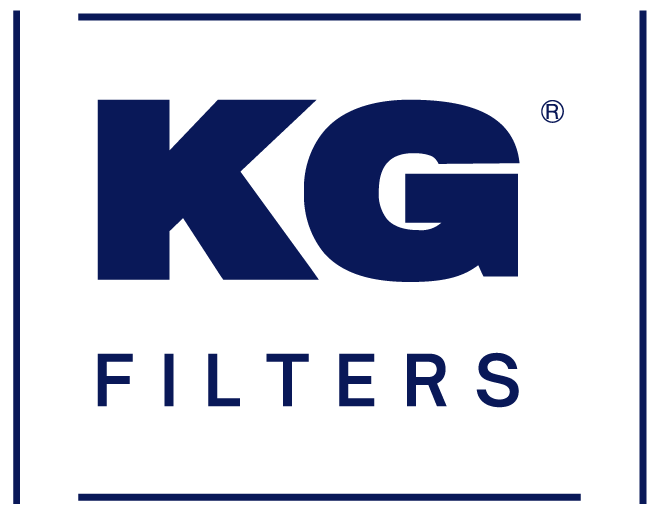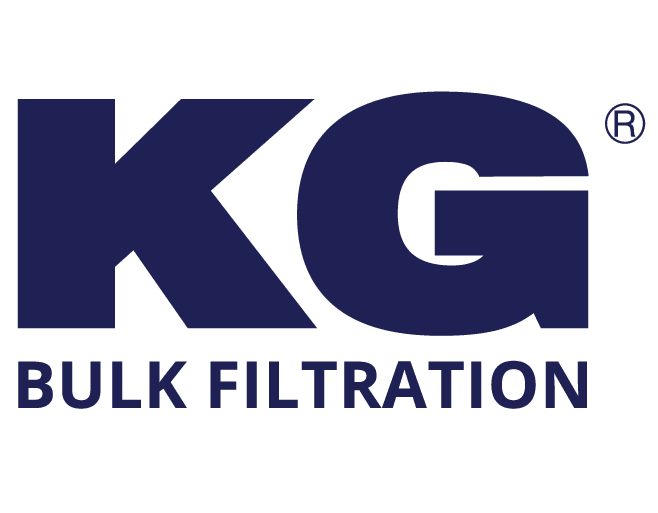Are you looking for a bearing that can handle heavy loads in your general equipment? Cylindrical roller bearing often proves a perfect choice. This blog post explores why. This blog will cover the advantages of these types of bearings. Let’s learn how it improves efficiency and reliability in various applications.
What is a Cylindrical Roller Bearing?
A cylindrical roller bearing is a type of rolling-element bearing that uses cylindrical rollers to maintain separation between the moving parts of the bearing. These rollers provide a large contact area which allows the bearing to support substantial radial loads. Unlike ball bearings, these bearings are not designed for significant thrust loads.
Key Advantages of Cylindrical Roller Bearing
These bearings offer distinct benefits which make them ideal for the general equipment industry. Let us look at the main points:
- High Radial Load Capacity: The linear contact between the roller and raceway distributes the load evenly. This makes cylindrical roller bearings excel in applications with heavy radial forces.
- Reduced Friction: Rolling friction is always less than sliding friction. This leads to energy efficiency and minimizing heat generation.
- High Speed Operation: Some designs accommodate high speeds, essential in many types of machinery.
- Separable Design: Many cylindrical roller bearings have separable components. This simplifies mounting, dismounting, and maintenance.
- Rigidity: These bearings provide high rigidity and help maintain precise alignment within equipment.
Design Variations and Considerations
Several cylindrical roller bearing designs cater to specific needs:
- Single Row: Simplest design, offering high radial load capacity.
- Double Row: Offers even higher radial load capacity than single-row bearings.
- Full Complement: Maximizes the number of rollers, further increasing load capacity.
- With or Without Cage: Cages separate the rollers, preventing contact and reducing friction. Full complement bearings lack cages.
When selecting a cylindrical roller bearing, consider:
- Load Requirements: Determine the radial load the bearing needs to support.
- Speed Requirements: Ensure the bearing is suitable for the operating speed.
- Operating Temperature: Choose a bearing material and lubricant that can withstand the temperature.
- Lubrication: Proper lubrication is crucial for bearing life and performance. Select the right lubricant and lubrication method.
- Mounting and Dismounting: Choose a design that simplifies installation and removal.
Why Choose Cylindrical Roller Bearings Over Other Bearings?
Compared to ball bearings, cylindrical roller bearings handle much heavier radial loads. Tapered roller bearings can handle both radial and thrust loads, but cylindrical roller bearings are often preferred when thrust loads are minimal and radial load capacity is paramount. Needle roller bearings are compact, but they generally have lower load capacities than cylindrical roller bearings.
For example, consider a gearbox in a heavy-duty industrial mixer. The gears generate significant radial forces on the shafts. Cylindrical roller bearings are a better choice than ball bearings. This will provide the necessary support and longevity. A bearing offered by a reputed supplier like KG International offers the reliability and quality needed for demanding applications.
Partnering with a Reliable Supplier
Selecting the right bearing supplier is crucial. KG International offers a wide range of high-quality cylindrical roller bearings. A reliable supplier can also ensure timely delivery and after-sales support.
The Future of Cylindrical Roller Bearing
Advancements in materials and manufacturing processes are continuously improving the performance of cylindrical roller bearings. Innovations will further expand the applications of cylindrical roller bearings in the general equipment industry.
Conclusion
Cylindrical roller bearings provide an ideal solution for many applications in the general equipment industry. Their high radial load capacity, reduced friction, and design variations make them a versatile choice. They offer reliable performance across diverse machinery. Choosing the correct bearing requires careful consideration of operating conditions. It also requires partnering with a trusted supplier like KG International. This can ensure optimal equipment performance and longevity.
Ready to explore the right cylindrical roller bearing according to your needs and requirements? Contact KG International today to discuss your concerns and find the perfect solution.
FAQs About Cylindrical Roller Bearing
- What is the main advantage of cylindrical roller bearings?
High radial load capacity.
- Can cylindrical roller bearings handle thrust loads?
Not very well. They are designed primarily for radial loads.
- Where are cylindrical roller bearings commonly used?
In gearboxes, electric motors, pumps, crushers, and conveyor systems.
- What are the different types of cylindrical roller bearings?
Single row, double row, and full complement.
- What factors should I consider when selecting a cylindrical roller bearing?
Load requirements, speed requirements, operating temperature, and lubrication.
- Are cylindrical roller bearings easy to maintain?
Yes, particularly separable designs. They simplify mounting, dismounting, and maintenance.
- How does lubrication affect the performance of cylindrical roller bearings?
Proper lubrication reduces friction and wear which extends bearing life.
- Are cylindrical roller bearings more expensive than ball bearings?
The cost varies depending on size, material, and precision. Cylindrical roller bearings may be more expensive due to their higher load capacity.
- What is a full complement cylindrical roller bearing?
A bearing with the maximum number of rollers and no cage. This increases load capacity.
- How do I choose a reliable cylindrical roller bearing supplier?
Look for a supplier with a wide range of products. They should have technical expertise and a reputation for quality. KG International is an example of a reputable supplier.


